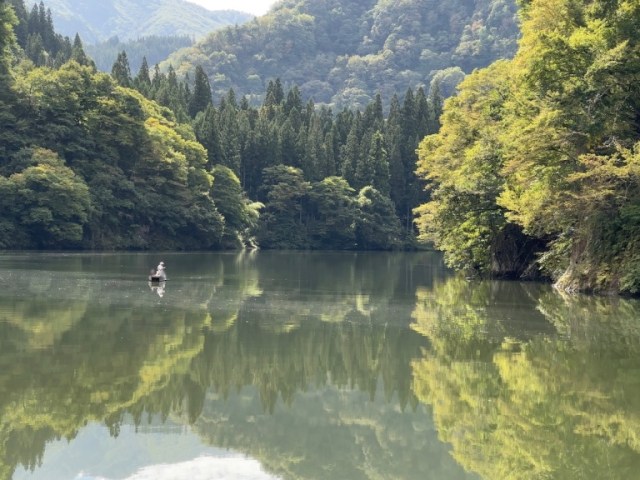
A perfectly peaceful river cruise takes us on a trip back into the past.
Up until the mid-1960s, the people of the town of Mifuke lived a very unique lifestyle. Located on the bank of the Tadamigawa River in the mountains of Fukushima Prefecture, Mifuke had no roads, trains, or bridges that connected it to any outside communities, so if residents of the village needed to go anywhere, they had to go by boat.
But Mifuke wasn’t a large enough village for regular, large-scale ferry services. Instead, each household had a boat of its own. This wasn’t a resort town of wealthy yacht owners, so families had traditional Japanese-style rowboats, wooden and low-lying. Even children learned to pilot them, rowing themselves across the river to the access point to the nearest rail station where they’d catch the train to school in the morning.
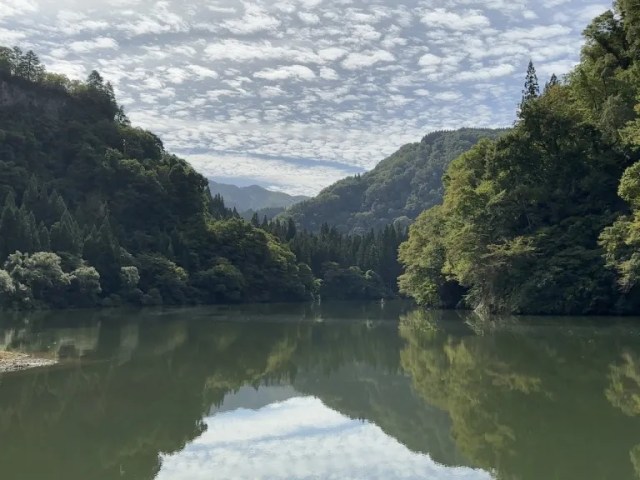
Then, in 1964, disaster struck, as a landslide damaged the village badly enough that the entire population had no choice but to move elsewhere. But Mifuke’s traditions have still found a way to live on, as travelers can cruise the river in the same sort of rowboats the townspeople used to use, and explore the remains of the abandoned village on foot.
That’s just what we did on a recent trip to the area, which is known as Mugenkyo. Mugenkyo translates to “mountain gorge of fog and illusions,” since the river is frequently covered by dense mists on summer mornings and evenings.
▼ A music video shot in Mugenkyo
With our visit coming in early fall, it was too late in the year to see this phenomenon, but our tour did start out mysteriously, as instead of a waiting room, we were instructed to wait for our boat in the open-air of a field.
▼ There’s a porta-potty, which you’d be wise to make use of before getting on the water.
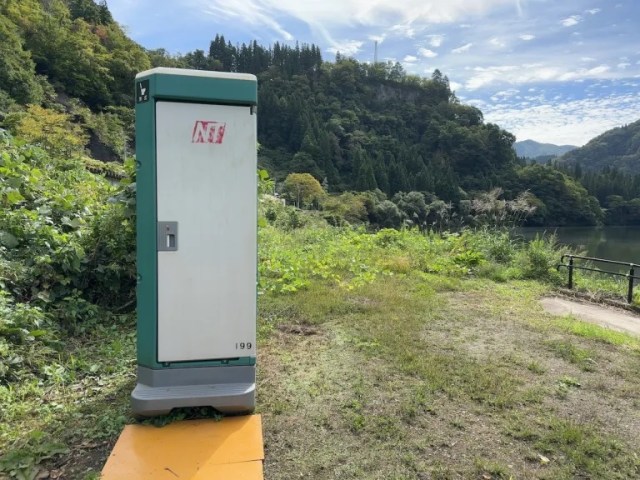
▼ The starting-point dock for the tour, which is a two-minute walk from Hayato Station on the JR Tadami Line

At the appointed time, our guide/boatman came gliding over to the dock. Though the Tadamigawa River is usually very calm in this section, there was still a brief safety explanation and lifejacket fitting, after which we got underway.
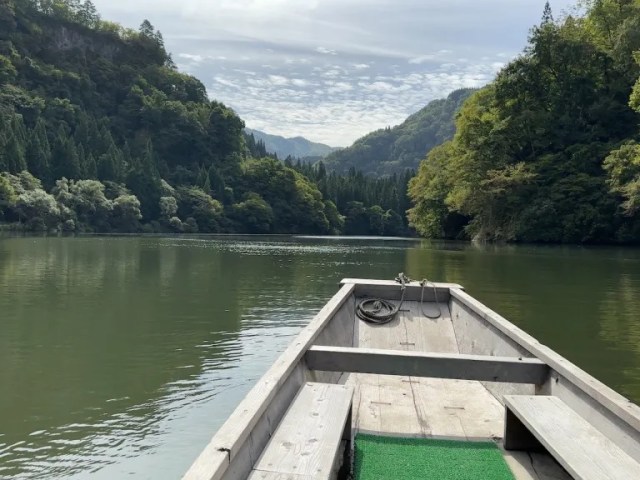
Two different packages are available: a 45-minute boat ride down the river and back, or a 90-minute course with a walking tour of the abandoned Mifuke village site in the middle. Advance reservations are required, and since departure times are staggered, there are no clamoring crowds or clustered boats to diminish the pristine sense of calm and natural beauty.
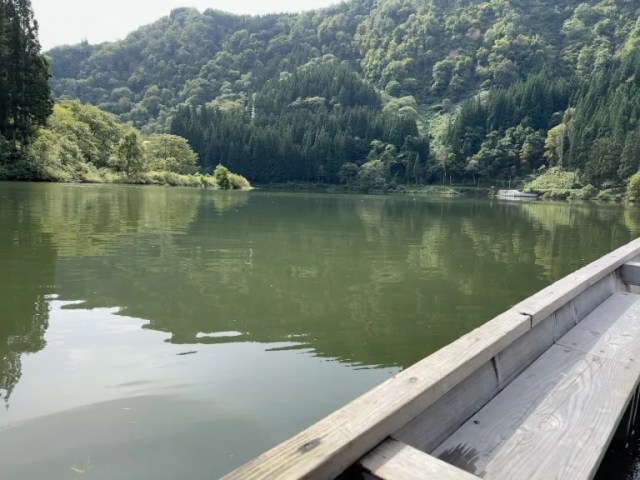
In keeping with tradition, the boats are rowed (though they are equipped with a motor in case of emergency or other urgently required returns). With no roads or other development about, the only sounds we heard were the oar sliding into the water, the chirping of birds, the wind in the trees, and the occasional echoes of a local-line train. It’s so peaceful that it almost felt like we were floating through a dream.
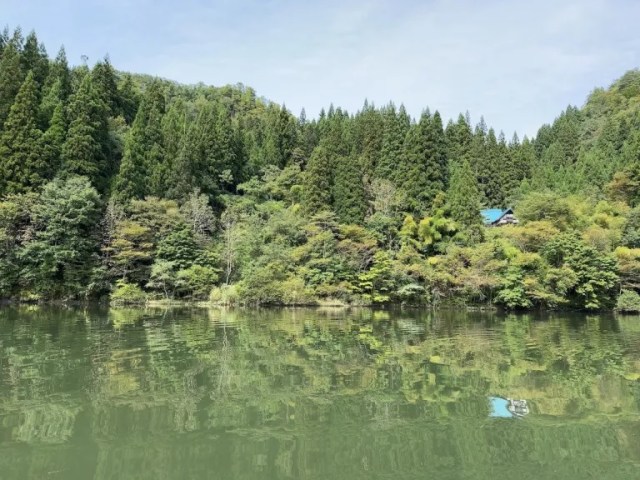
It takes about 20 minutes to reach Mifuke. After docking and securing the boat, our guide began leading us to the site of the abandoned village.
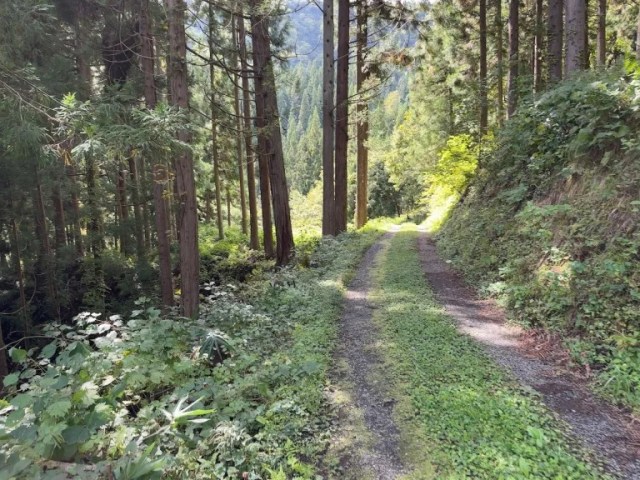
It’s not a particularly treacherous path, but still, you’ll want footwear with grippy soles and good ankle support.
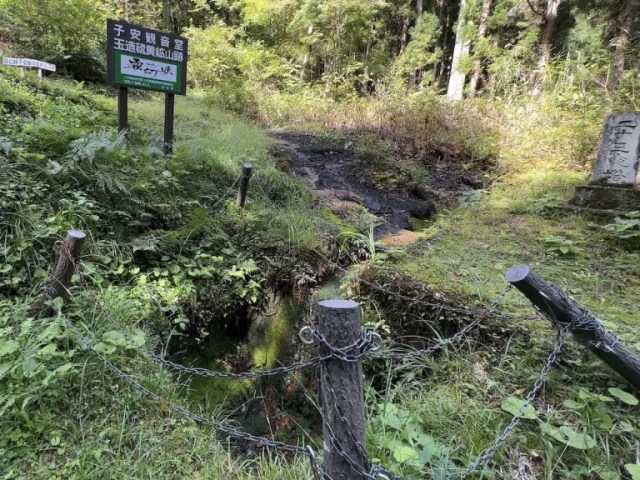
As mentioned above, Mifuke was abandoned following a landslide that took place in 1964, but it wasn’t an entirely natural disaster. In 1957, a sulfur mine was opened at the base of the mountains at the back of the village. Seven years later it ceased operations, but the mine’s tunnels were not sealed. This allowed water to gradually accumulate in the shafts, until eventually the mine collapsed.

Miraculously, no one was killed. The 10 families living in Mifuke, though, had to relocate, and as we walked we passed by empty plots of land where their houses had been cleared away following the disaster and evacuation.

▼ A photo of the village pre-landslide

▼ The town’s jizo statue, meant to offer protection to travelers, still stands in the same spot it occupied prior to the evacuation.
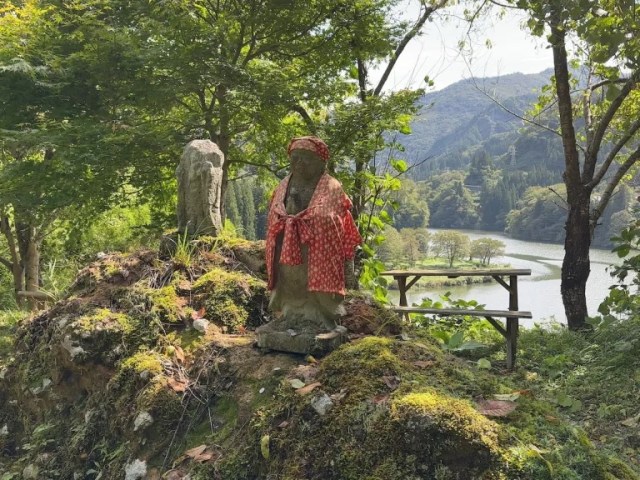
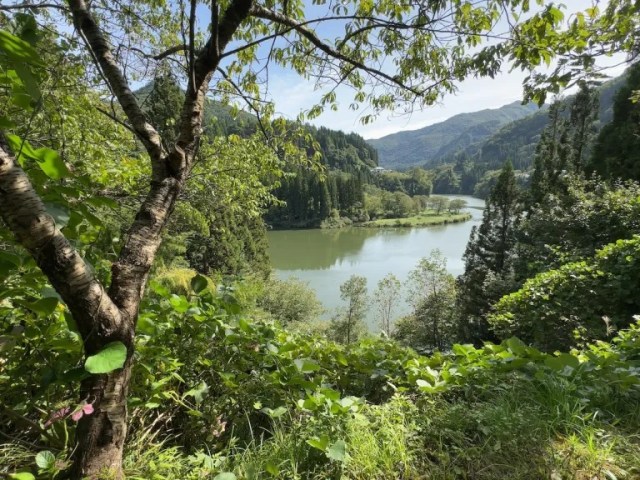
Most of the families relocated to nearby towns, and there is now road access to the Mifuke site, and some former residents do come from time to time to see how the place is doing, but no one has moved back permanently.
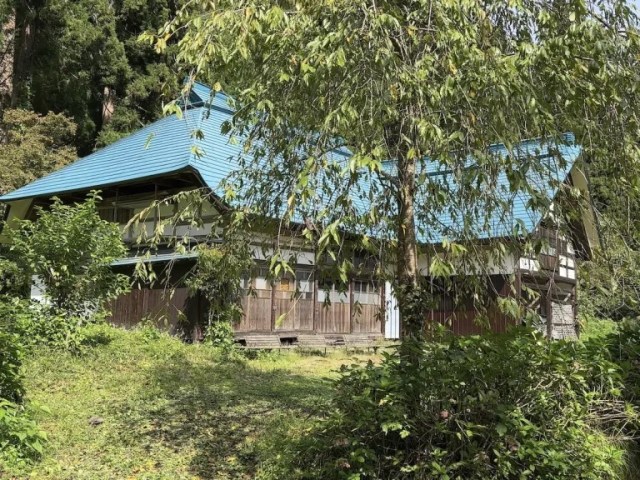
One of Mifuke’s houses is still standing, though, more or less as it was before the landslide. It’s actually a privately owned vacation cottage, but guided tours have permission to visit it and go inside.
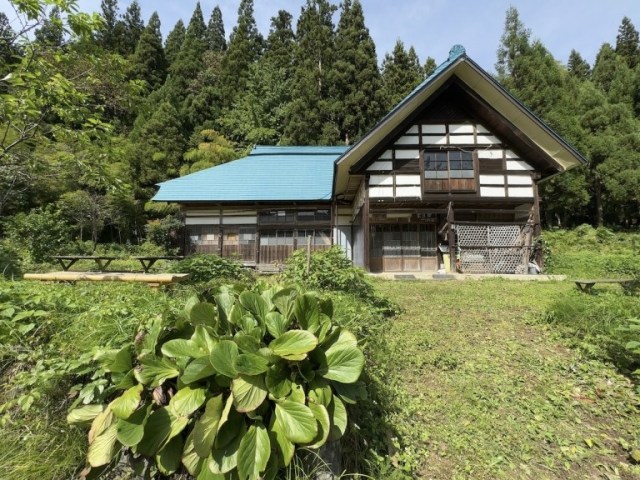
The steeply slanted roof is designed to keep snow from accumulating during the winter. Inside is classical Japanese farmhouse design, with an irori (hearth) set into the floor and sliding doors/walls that allow rooms to be separated or combined as desired.
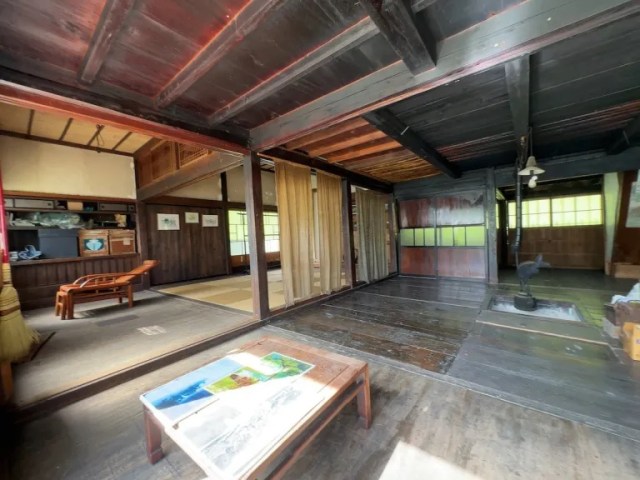
The words “abandoned village” might conjure up images of a dangerous, or at least gloomy, place. Visiting Mifuke on a sunny autumn afternoon, though, was a great way to de-stress and help keep the town’s memory alive.
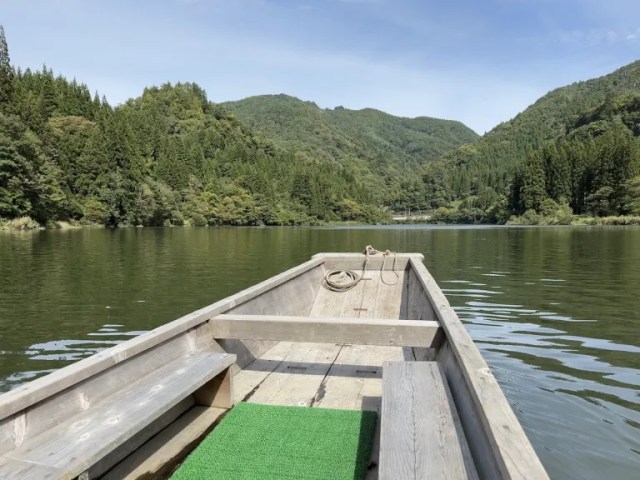
The 90-minute tour that includes the walking portion is priced at 8,000 yen (US$53) for one or two people or 12,000 for three, with the respective prices for the 45-minute boat-only course 6,000 and 9,000 yen. Tours are offered until late November before shutting down for the cold winter months, so there’s still time to visit, specially with the area’s leaves starting to change to their fall colors.
Related: Mugenkyo River Crossing reservation website
Photos ©SoraNews24
● Want to hear about SoraNews24’s latest articles as soon as they’re published? Follow us on Facebook and Twitter!

No hay comentarios:
Publicar un comentario